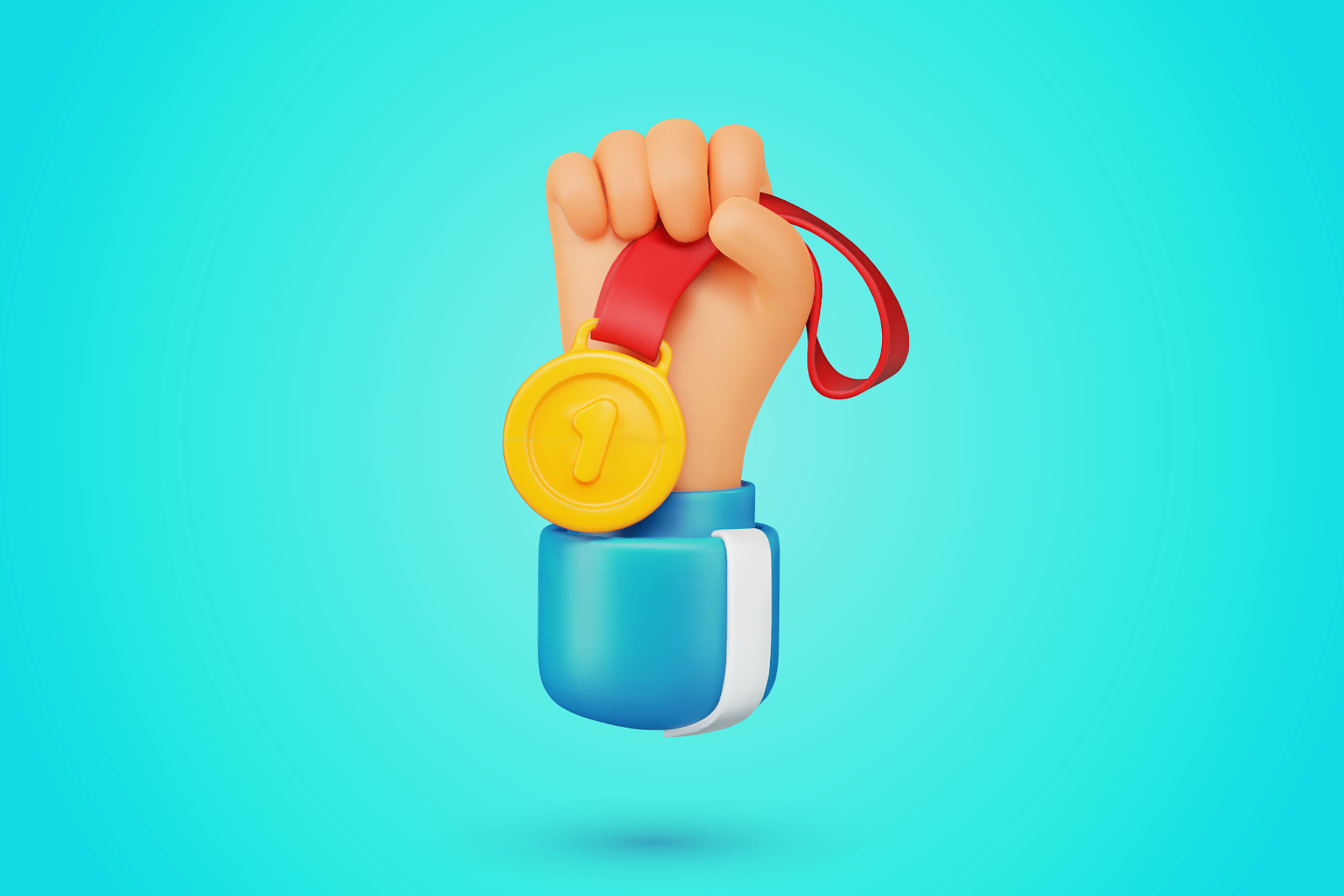Paris 2024 may prove to be one of the most-watched Summer Olympics since London 2012. Case in point: It’s already generating significant buzz in the media and online. From January 1 through May 31, 2024, there were about 1.05 million posts about Paris 2024 that generated 138 million engagement actions. To better understand how organizations use high-profile events like the Olympics to transform their brand identities on the world stage, we used our consumer intelligence solution to take a closer look at Olympic sponsors and their partnerships with competing athletes.
For our full analysis, check out Paris 2024: The Art of Transposing Brand Identity into a Global Event. In the meantime, let’s take a closer look at our findings on one important marketing aspect of the Games: brand ambassadorships.
Note: This blog analyzes data from January through May 2024 of global conversations in English and French from Instagram, X, Facebook, LinkedIn, blogs, websites, media, forums, and reviews.
Brand Sponsorship
The Olympic Games has partnered with corporate sponsors since 1920, when corporate ads first appeared in the official program for the Games in Antwerp. Coca-Cola began its Olympic partnership with the 1928 Games in Amsterdam, while Omega became the Official Timekeeper for the Games in 1932. Today, those leading brands are joined by more than 30 others as Worldwide Partners, Premium Partners, and Official Partners of Paris 2024.
Our analysis of mentions, engagement actions, and estimated reach of content by and about these brands found that sponsorship tier did not necessarily correlate with higher visibility. For example, Coca-Cola and Airbnb, two Worldwide Partners (the highest tier of sponsorship), generated comparable mention volumes to LVMH, a Premium Partner (the second-highest sponsorship tier).
However, LVMH far outperformed all other sponsors across tiers in terms of engagement and estimated reach. With nearly 3,000 related posts which generated about 748,000 engagement actions (primarily driven by the Louis Vuitton and Dior owned social profiles), the company has succeeded in translating its luxury brands’ identities for Paris 2024 audiences.
Its campaign deems its brand ambassadors as Artisans of All Victories (Artisans de Toutes les Victoires), directly linking athletic excellence with luxury craftsmanship.
Ambassador Announcements
Ambassadorships with competing athletes are a primary way Olympic sponsors tie their brand identities to the excitement and global prestige of the Games. To learn more about how they are performing ahead of Paris 2024, we analyzed online and media mentions of 14 highly-discussed ambassador-athletes.
Among them, three emerged as significant conversation drivers in terms of engagement actions:
- Louis Vuitton ambassador and French rugby player Antoine Dupont
- Omega ambassador and Indian javelin thrower Neeraj Chopra
- Dior ambassador and French para-cyclist Marie Patouillet
Along with generating the highest volume and estimated reach of the 14 athletes analyzed, mentions of Dupont also had the most engagement actions. Those engagement actions first spiked (by 500%) the week of March 11, just days after LVMH and Louis Vuitton announced the partnership. Louis Vuitton saw a corresponding 326% spike in engagement actions that same week.
Patouillet had two corresponding spikes in engagement actions with Dior. The first occurred the week of February 19, when the partnership was announced. The second, smaller corresponding spike occurred the week of May 20, when Patouillet wore Dior while carrying the Olympic flame on the Cannes Film Festival red carpet. Both spikes suggest that Patouillet’s ambassadorship has been particularly valuable for the luxury brand in the lead-up to Paris 2024.
By contrast, Visa ambassador and American sprinter Noah Lyles generated spikes in engagement actions for his personal brand, but those did not correspond with spikes in engagement for Visa. This may be due to the timing of the partnership announcement, which occurred back in November 2023. As a result, when Lyles set a new personal best time as he won the 60m at the Boston Indoor Grand Prix on February 4, his boost in visibility wasn’t reflected in Visa’s engagement actions.
Takeaways for Marketers
Our report about the road to Paris 2024 offers a multi-faceted analysis of the Games, from examining top conversation topics to tracking sponsorship performance over time. When it comes to sponsor and athlete-ambassador visibility, we found:
- The timing of sponsor brand ambassadorship announcements can have a significant impact on their success.
- Debuting partnerships in the few months before the Games begin — timed to coincide with major entertainment events or sports tournaments — can boost engagement actions and reach for both athletes and brands.
Interested in diving deeper? Download Paris 2024: The Art of Transposing Brand Identity into a Global Event.
